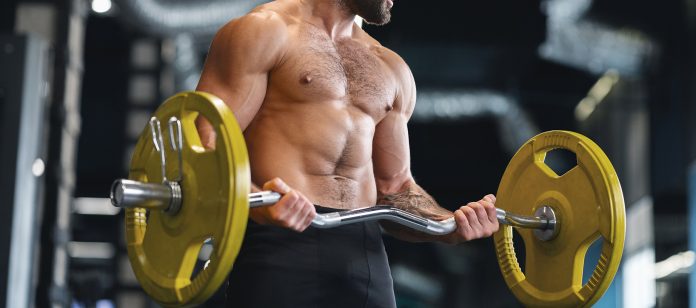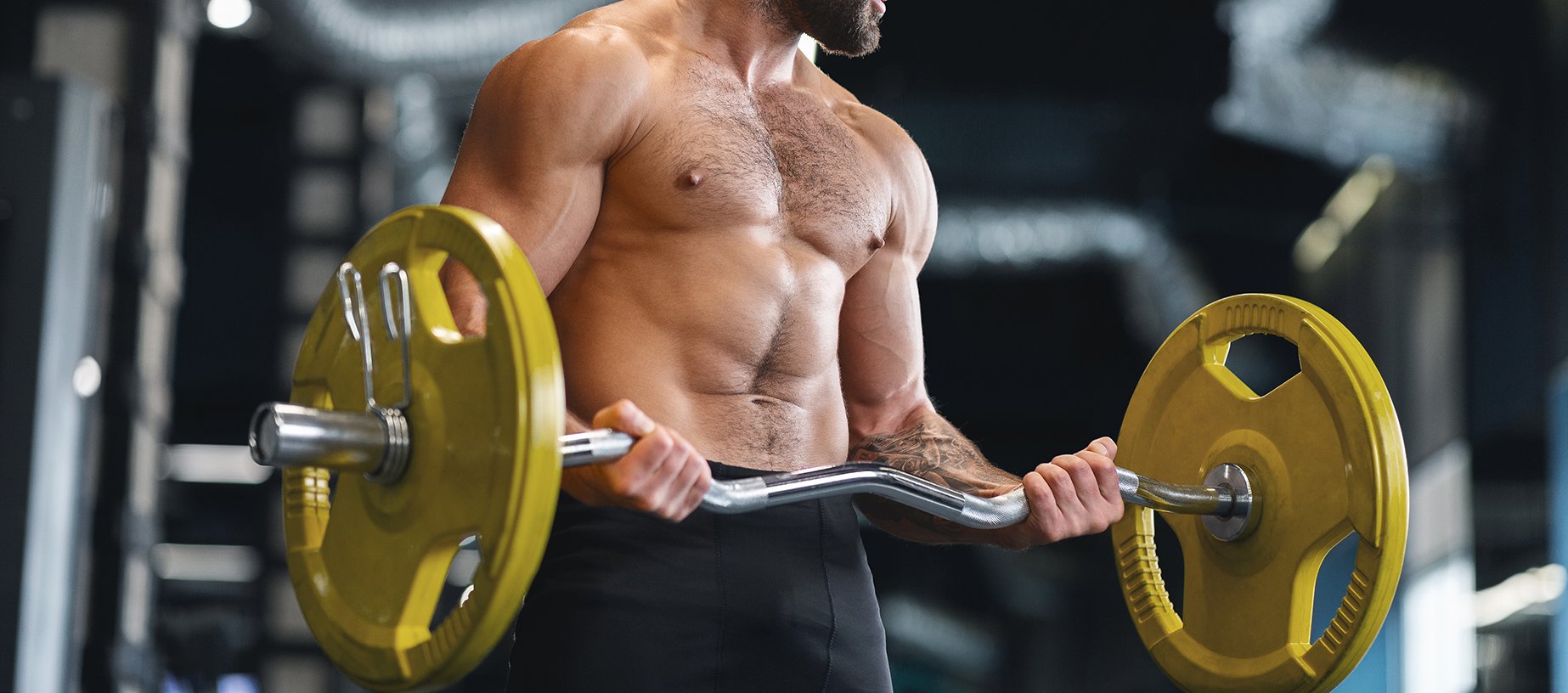
Getting Yoked on the Keto Diet.
It seems that every couple of years a new fad diet pops up and takes the country by storm. Atkins, Paleo, the Mediterranean diet, and now we have the Keto diet, all of which promise incredible results in a short amount of time. The key difference here is that beyond the anecdotal evidence that comes with any new diet craze, the Keto diet has sound science backing it, and truly does seem to be effective in weight loss.
But why is the Keto diet catching on so quickly in bodybuilding culture? Of course people want to shed as much extra fat as they possibly can to show off their hard-won gains, but is the Keto diet effective when trying to build muscle? Here is a quick rundown of how and why ketosis might be one of the best diets out there for getting absolutely shredded.
Understanding How Ketosis Impacts Your Body
The Keto diet is different than a majority of the other diets you run into. The reason for this is that the Keto diet actually changes how your body uses energy as opposed to other diets that simply limit or cut out certain foods. While a diet high in fats might seem counterproductive when you’re trying to lose weight and shed fat, it is actually one of the keys to how ketosis actually works.
Your body loves carbohydrates. The energy contained in carbohydrates is easily accessible to our bodies, and is broken down into glucose or glycogen for immediate use or later storage. When you cut carbs out of your diet, it in a sense “scares” your body into burning fat as an energy source. This process is called ketosis and results in your body breaking fats down into ketones, which replaces glucose as an energy source.

Now, this switch in how your body acquires energy doesn’t occur right away. First, your body will use all of the remaining glucose available that is stored in the liver before it begins processing stored fats. While there are plenty of testimonials about how effective the Keto diet is, many fail to really hammer home the point that you have to stick with it for an extended period to see real results.
As soon as you introduce more readily accessible energy into your body, ketosis will cease and your body will go back to breaking down carbohydrates. So, how does this whole process affect how we build muscle?
Boosting HGH Naturally
First, it is incredibly important that you consume enough fat while you are on the Keto diet, because if your body doesn’t have fat to process, it effectively goes into starvation mode and begins to break down muscle. Now, if you’re trying to get ripped, this is extremely counterproductive. Luckily, if you follow a strict ketogenic diet, there is an interesting side effect that relates directly to getting absolutely yoked.
Everyone’s body produces Human Growth Hormone, or HGH. The production of it tends to slope off as we get older, but one look at Sylvester Stallone will show you just how effective HGH is to building muscle at any age.
While it is possible to do injections of HGH, the safest course of action is to take steps to increase your HGH production naturally. In order to kickstart your body’s production of HGH, you need to tweak your sleep schedule, diet, and workout routine. The Keto diet by nature will cover the dietary needs for HGH production.
Cutting out sugar and engaging in intermittent fasting are both key to boosting HGH production in your body, both of which are huge components of the Keto diet. Increasing the amount of sleep that you get each night is also critical.
Finally, for an even greater boost to muscle building HGH production, certain foods like steak, yogurt, raw fish, and oats all contain compounds that encourage the production of HGH in your pituitary gland.
Staying Healthy
So, now that you know how the Keto diet helps you lose weight while also increasing your body’s production of HGH, there are some precautions you need to take. The Keto diet can actually be fairly dangerous if you are not careful, and has a slew of side-effects you should be aware of. The reason for this is due to the nature of ketosis; you are essentially rewiring how your body functions at a basic level.
“The Keto Flu” is real. You’ll notice that for the first couple of weeks on starting the Keto diet that you will feel sluggish, irritable, and generally fatigued. This is due to your body struggling to adapt to operating off of ketosis.
This is also followed by another, less pleasant side-effect dubbed “Keto-diarrhea.” This occurs because the gallbladder, which helps to process fat, becomes overloaded, or because when cutting out carbs, an insufficient level of fiber was added to counter the effect.
You may notice that you have a dry mouth and skin, persistent headaches, feeling lightheaded, all of which are warning signs that you are not drinking enough water and becoming dehydrated.
Dehydration is exasperated by a bad case of diarrhea, and many folks are sent to the emergency room due to a misguided thought that if you drink less, you will experience less diarrhea, when the exact opposite is true. Chronic dehydration can damage your circulatory system, not only causing long-term health issues, but harming the insane vascularity you’ve worked so hard for. Drink more water, especially during ketosis!
Finally, on any limited-food diet like the Keto diet, you may have issues getting all of the vitamins and minerals you would normally get through a more varied diet. While the Keto diet does have you eat a decent amount of leafy greens, restrictions on certain vegetables can leave you with a deficiency of vital nutrients.
Yes, you can go through and figure out how much of what to eat in order to obtain those missing vitamins and minerals, but the easier route is to simply supplement your diet with multivitamins. This will keep you healthy while you shed fat and pack on muscle!
For more news and updates, follow Generation Iron on Facebook, Twitter, and Instagram.
Ross Cowan lives in Boise, Idaho with his wife and his dog Mosey. He spends his free time camping at Bear Lake, hiking sections of the Idaho Centennial Trail, white water rafting down the Middle Fork of the Salmon River and Hell’s Canyon. You can follow Ross on his Twitter @RossCowanWrites.
